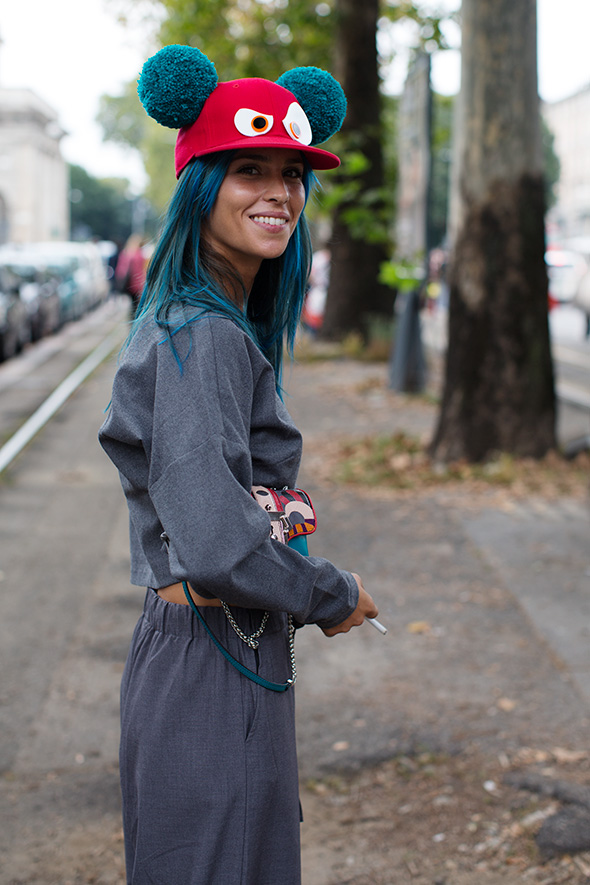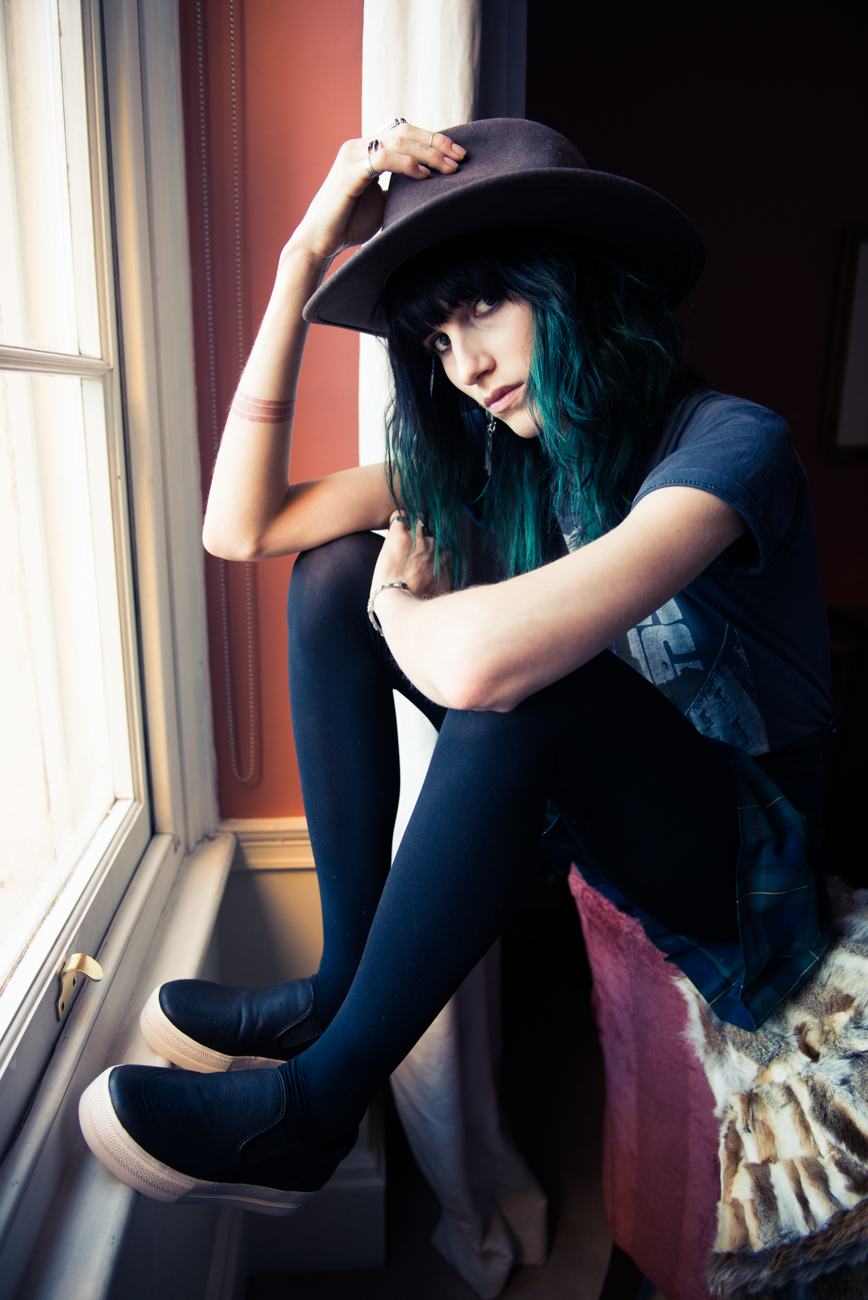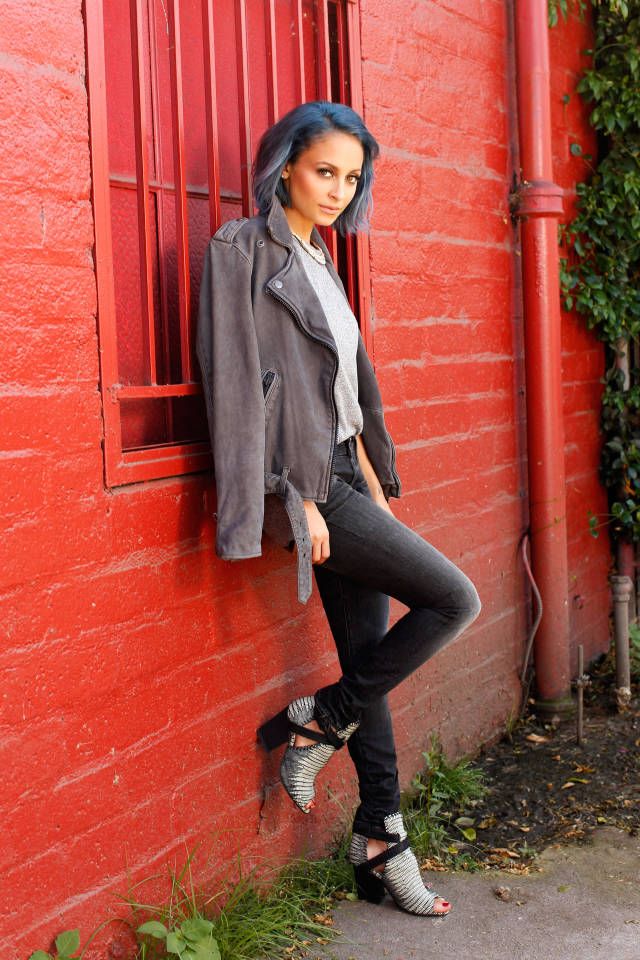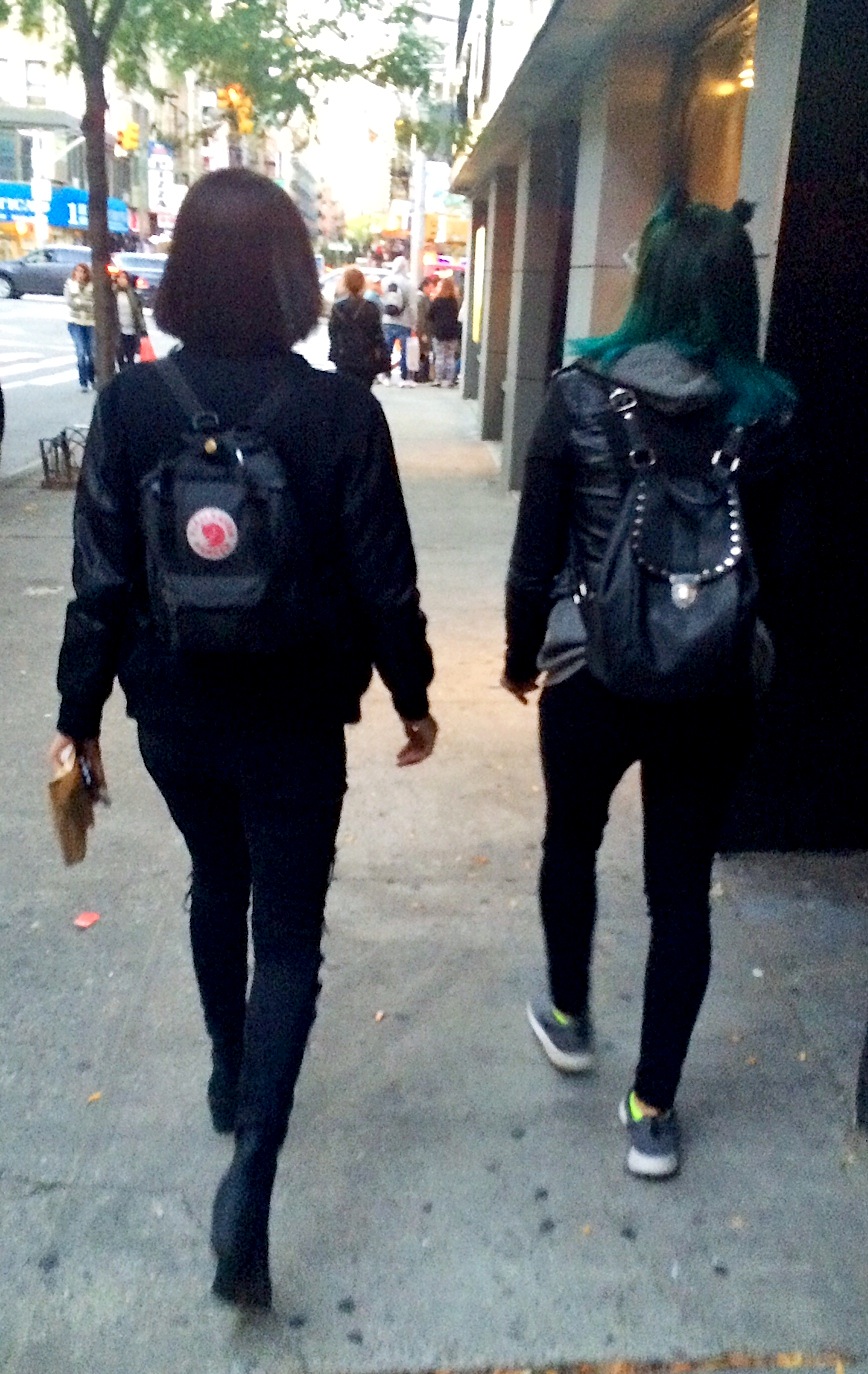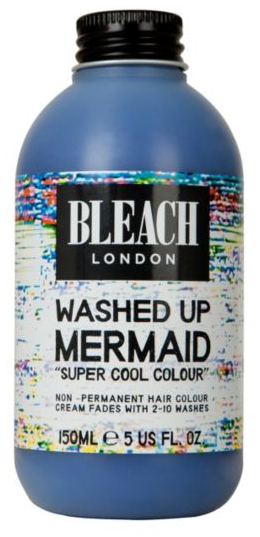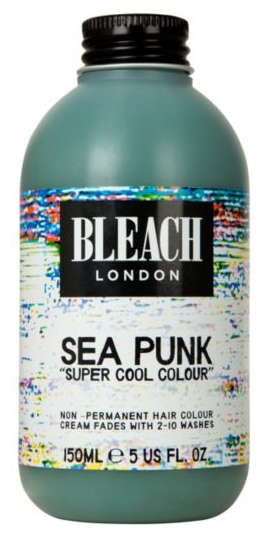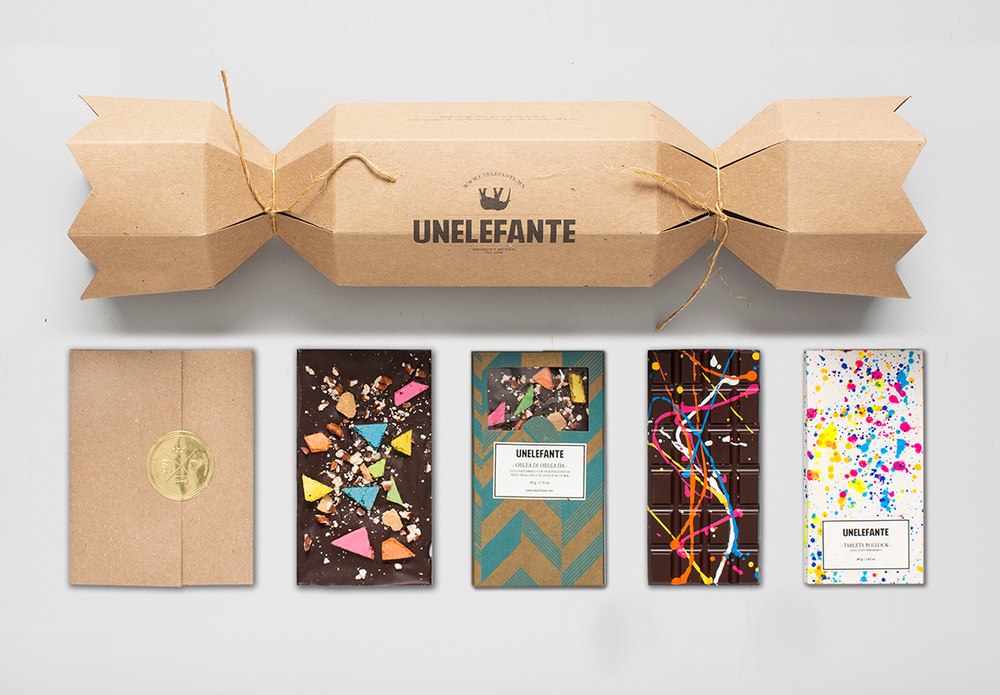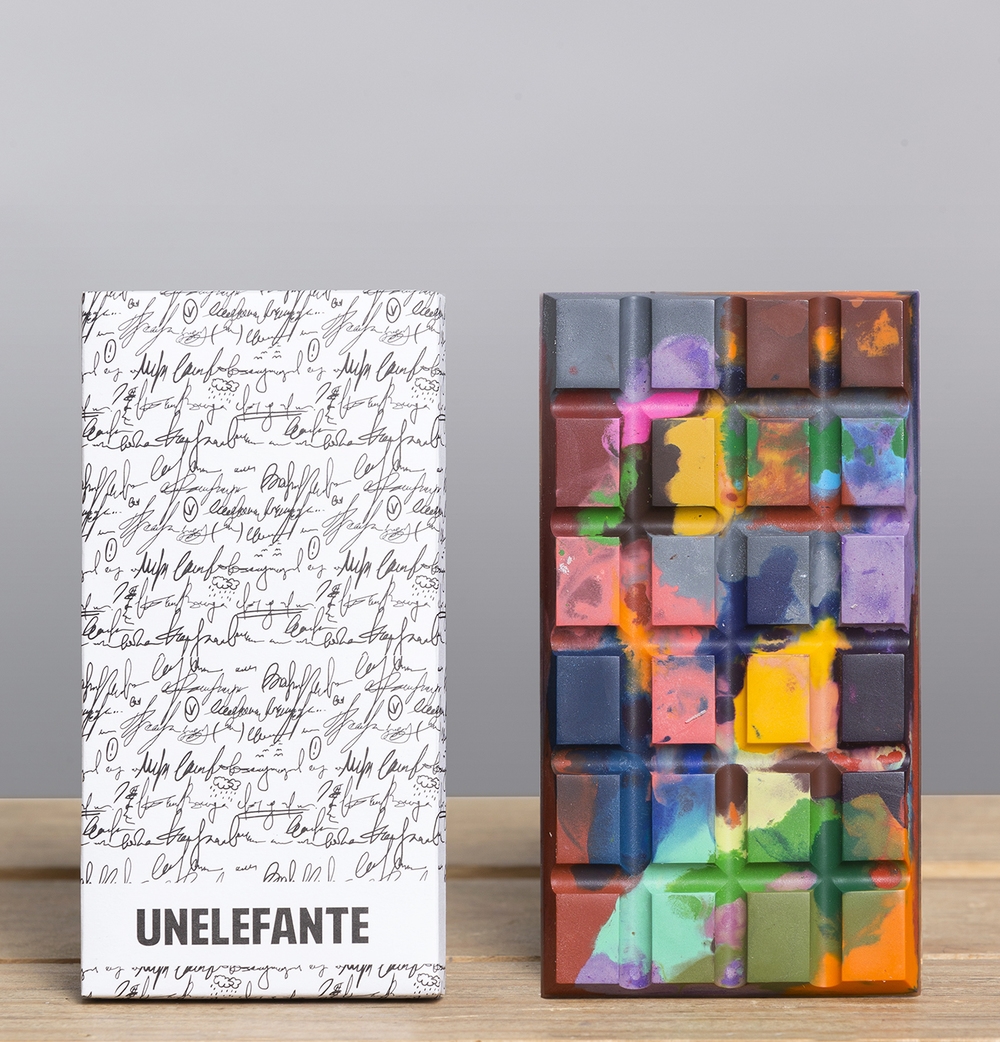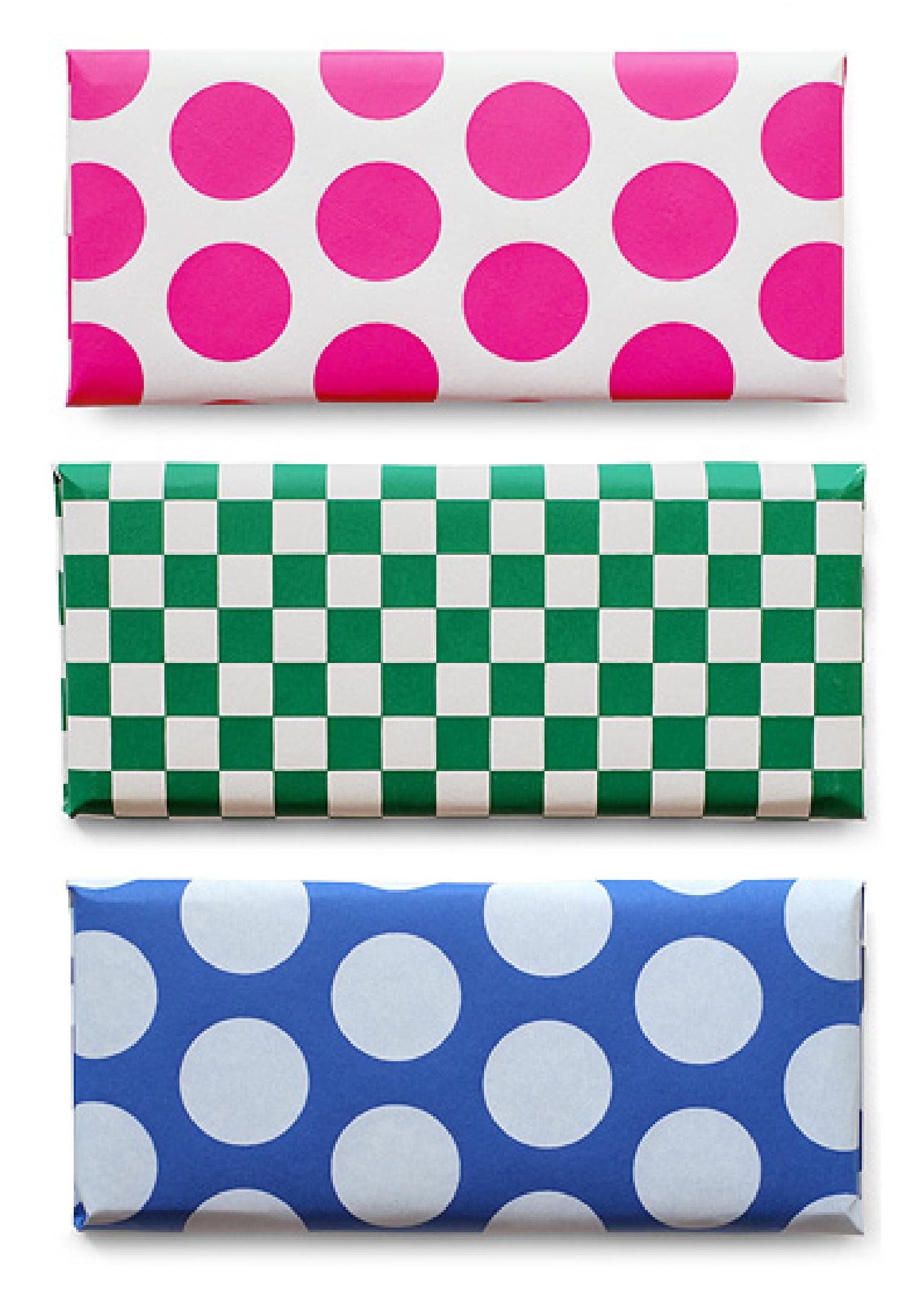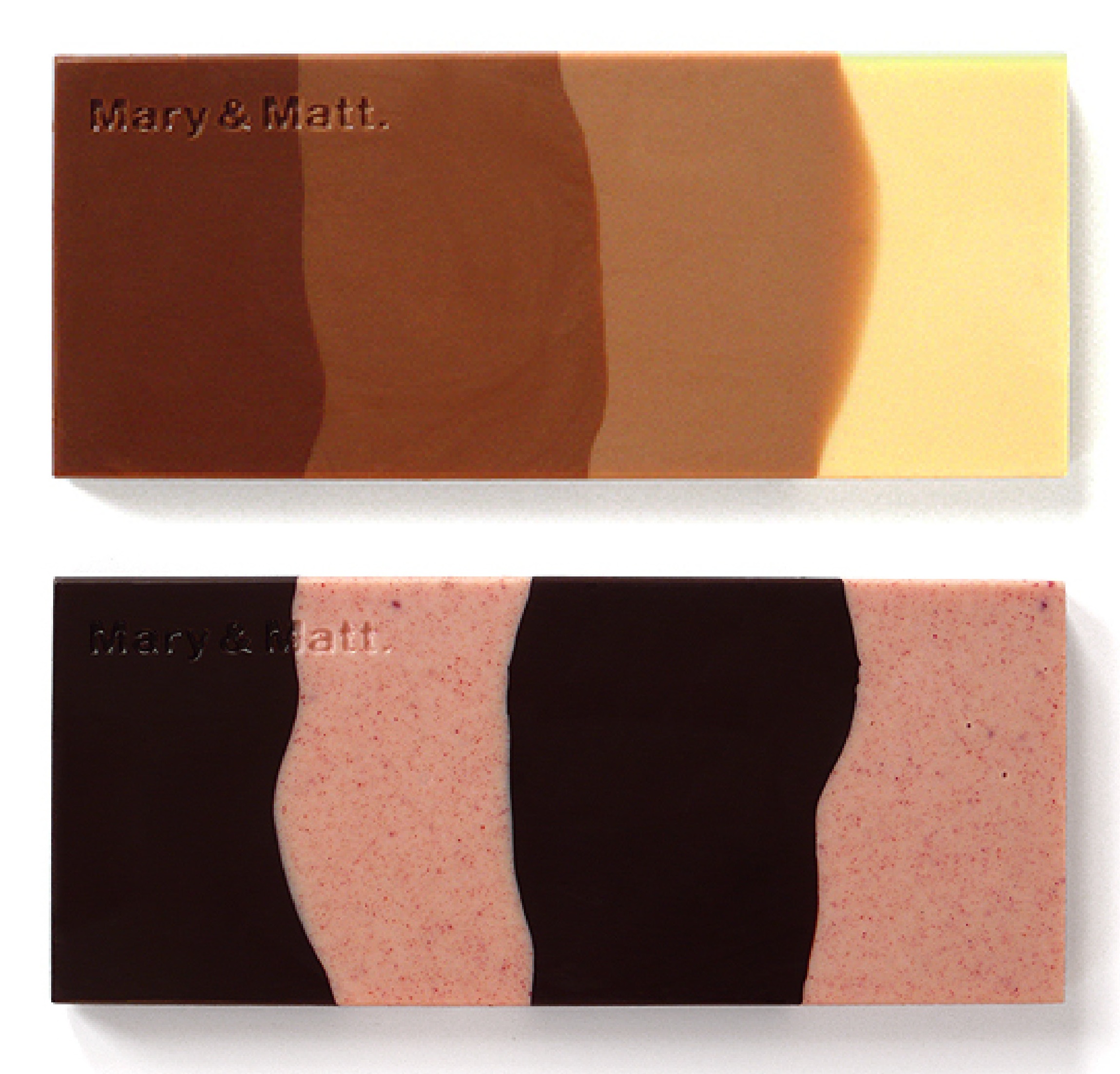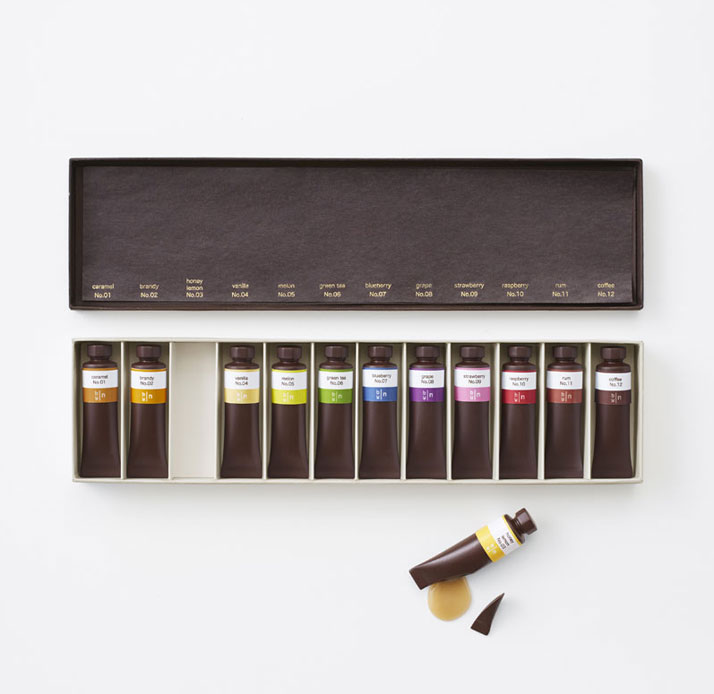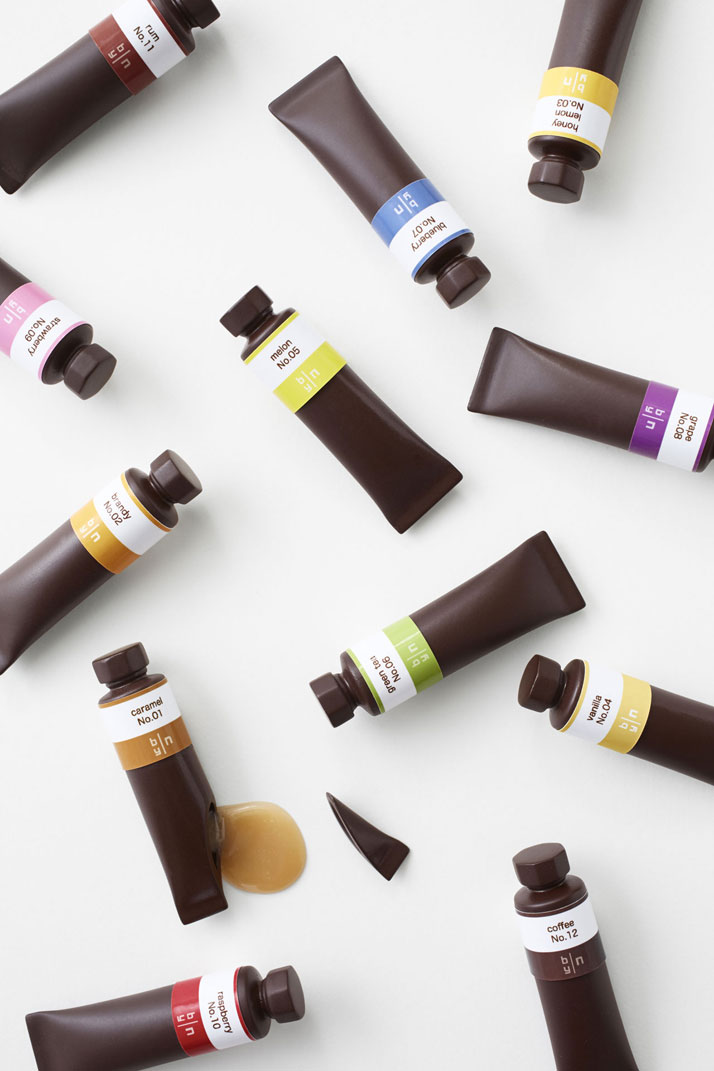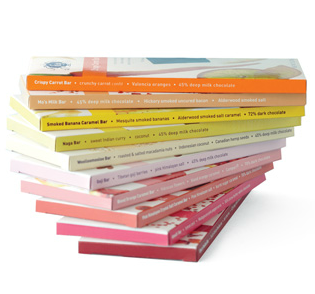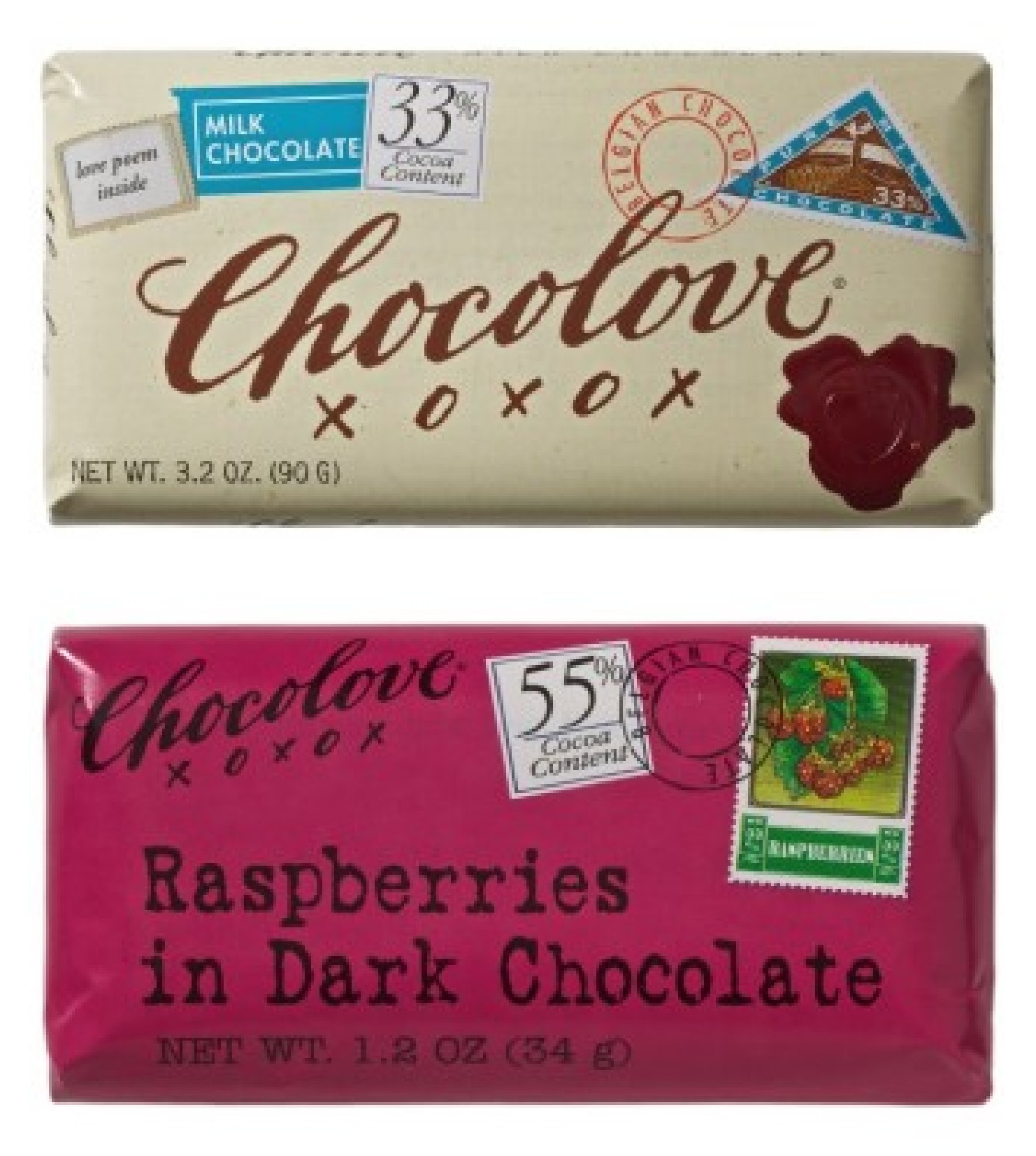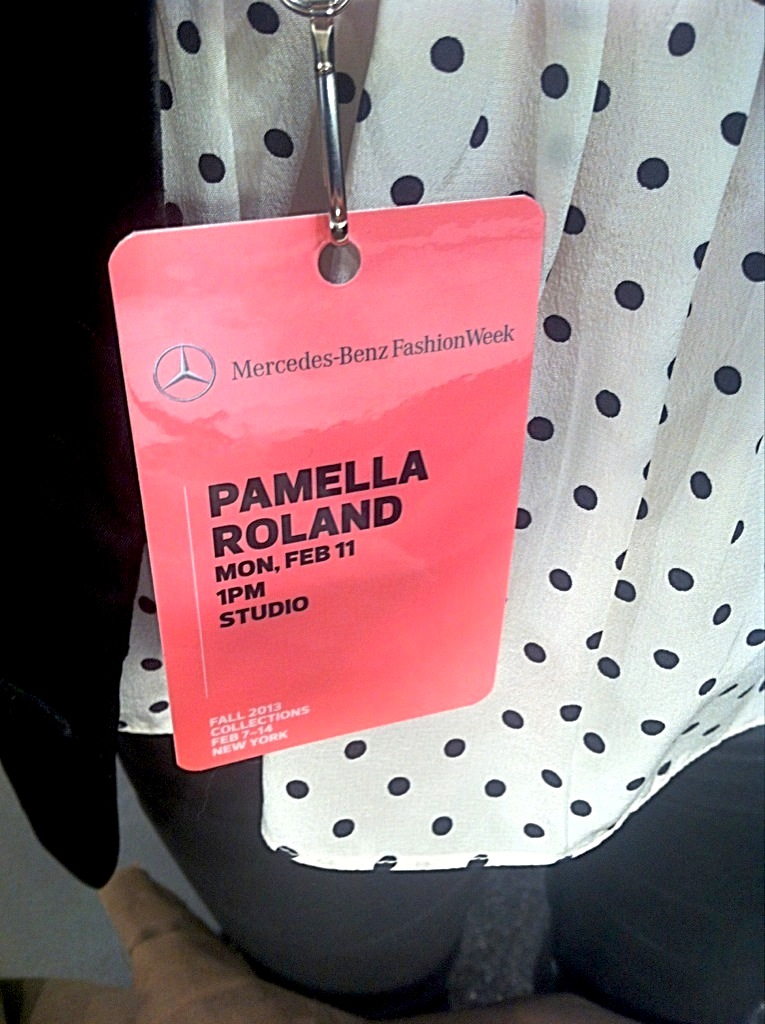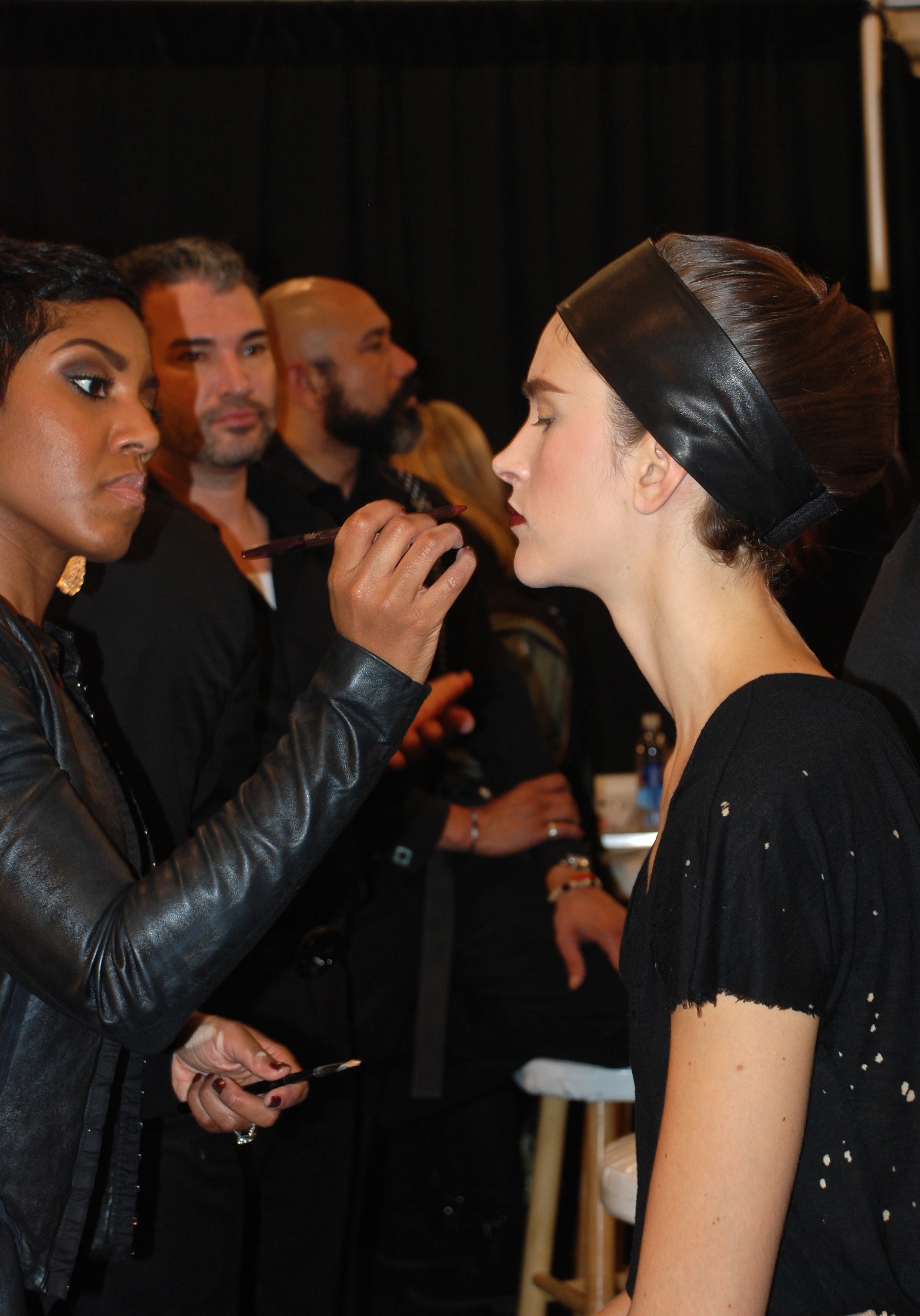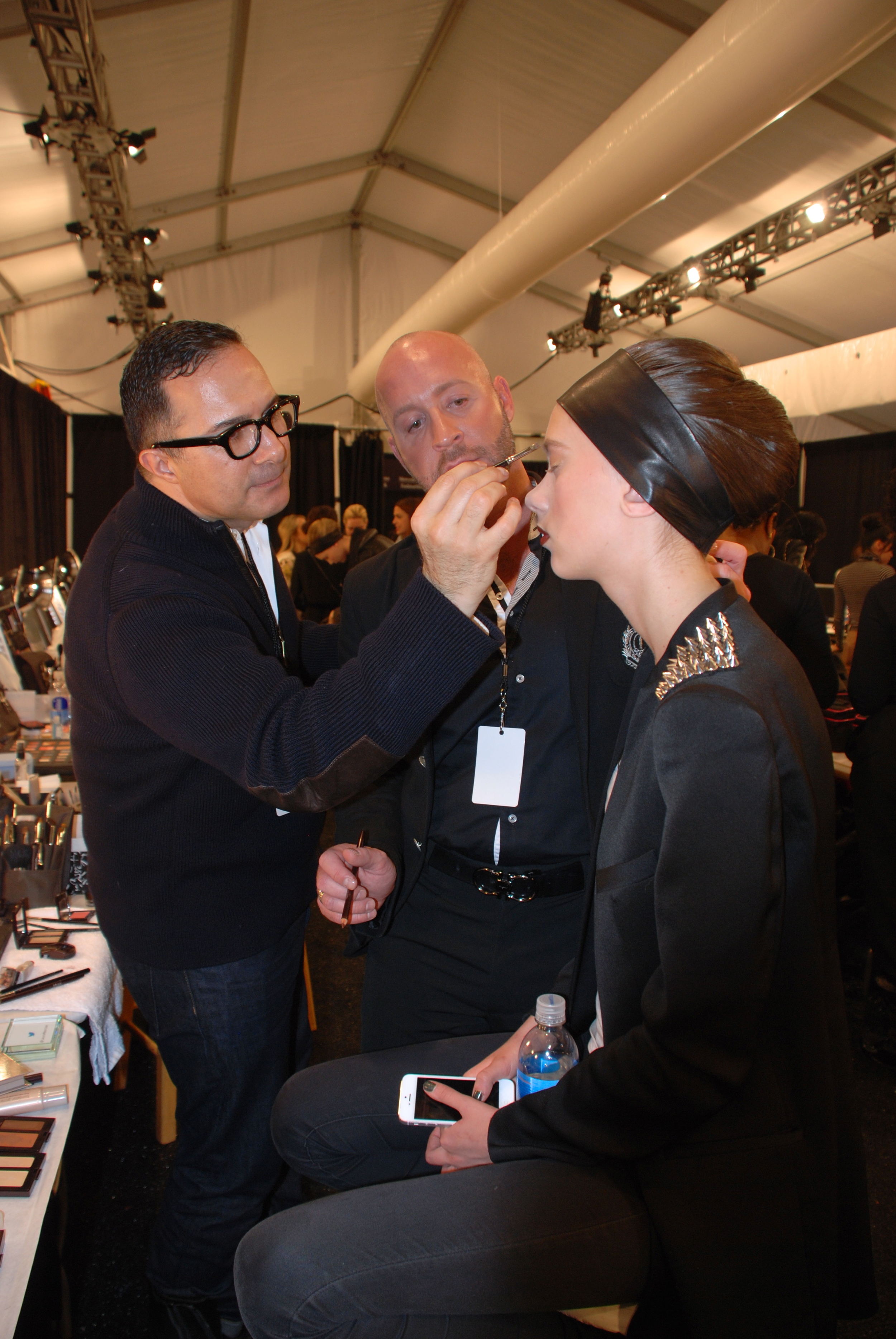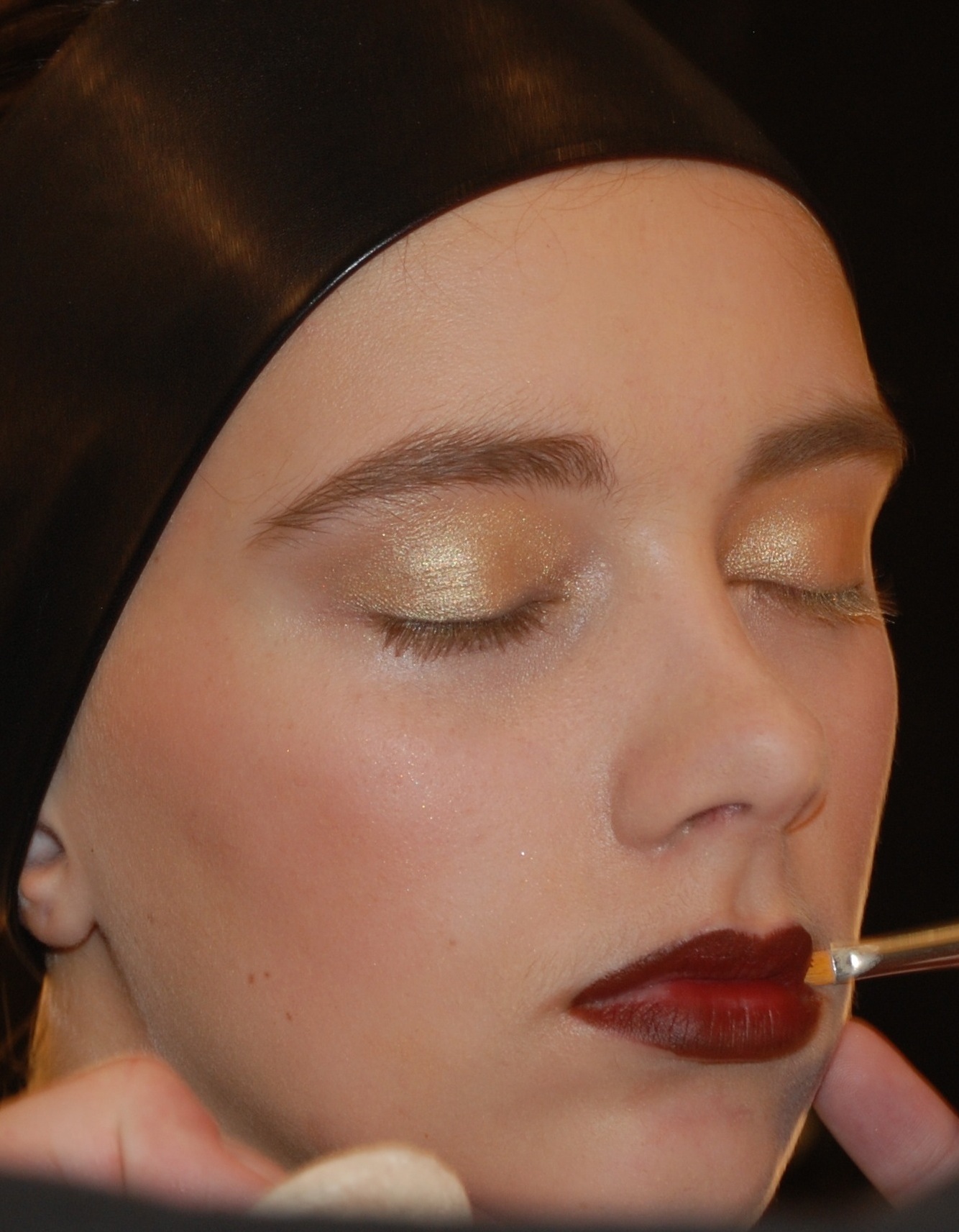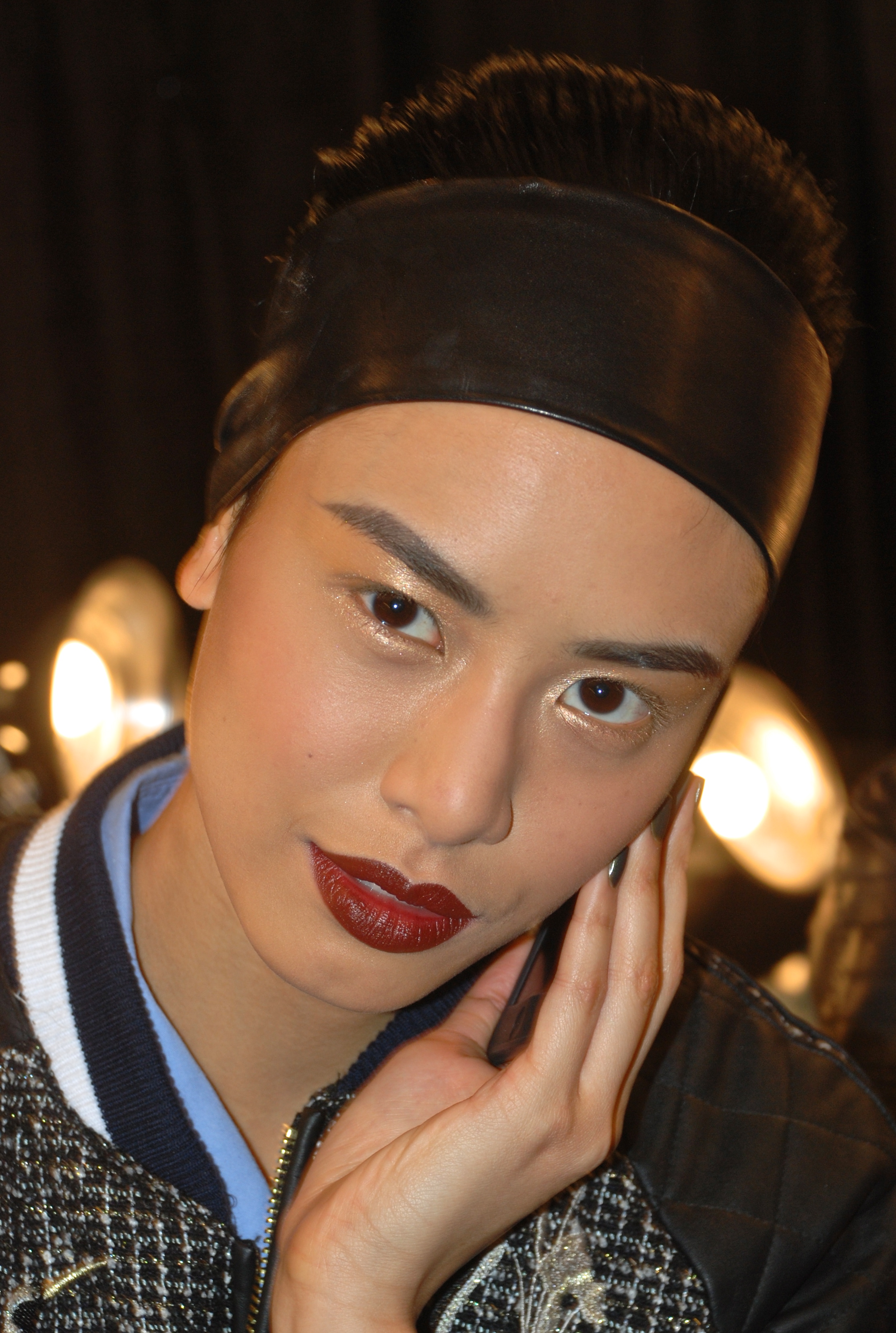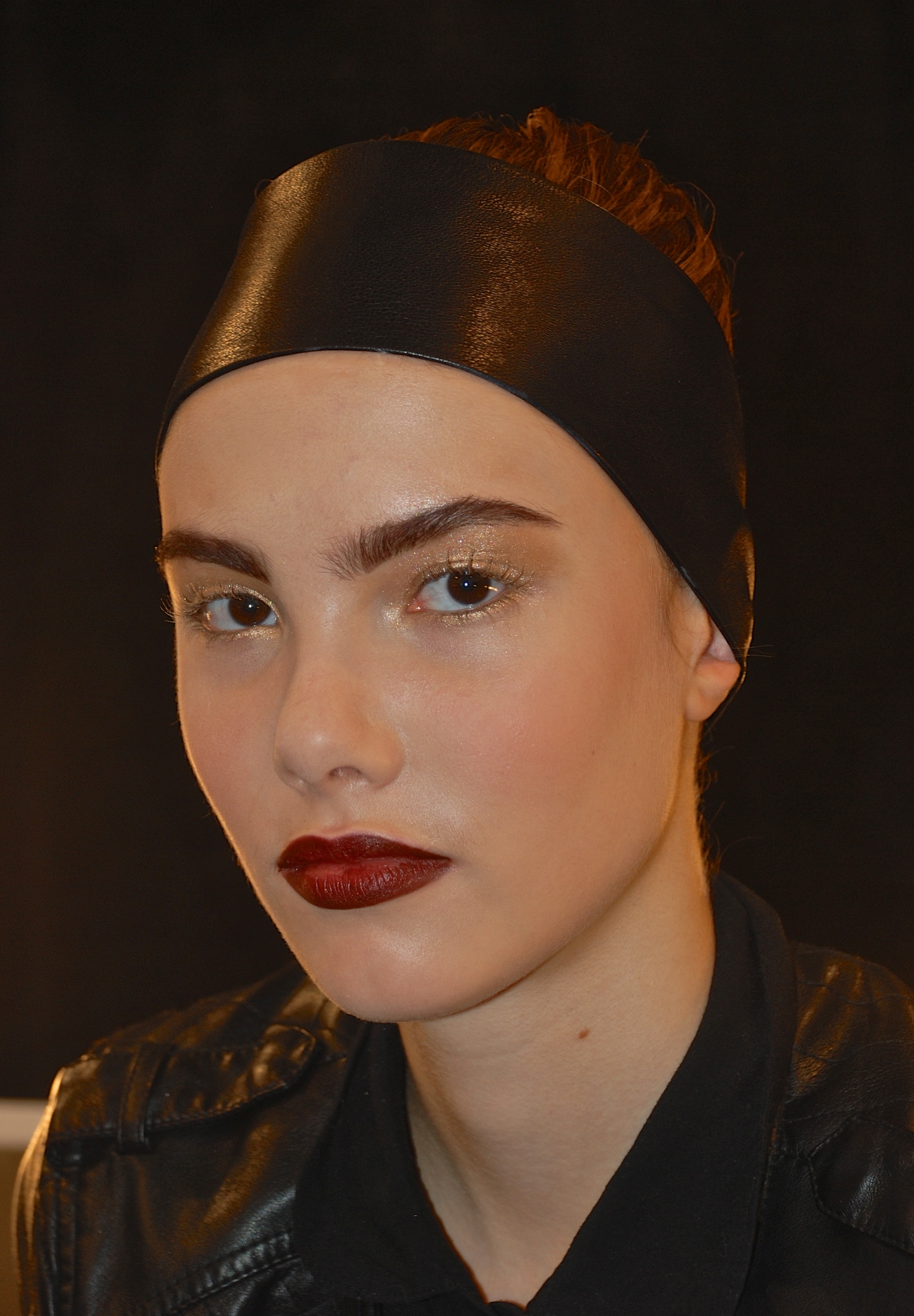Whenever I tell someone that my profession is working as a color trend forecaster, I often get a lot of blank looks. It’s a relatively under the radar field, and those that have heard of it rarely understand what it involves.
At its root, color forecasting is a tool that helps companies gain an edge by understanding shifts in the consumer landscape and the trends that will appeal to their customers.
What's It All About?
Have you ever wondered how products go from a concept to the runway to the sales floor? There is a reason that all of a sudden, it seems like everyone is wearing fuchsia lipstick. This is the work of color trend forecasting.
A trend forecaster seeks to anticipate cultural nuances, socio-political shifts, innovative design and technologies to inspire the latest and greatest within a particular industry. There is no magic crystal ball, but instead a practice that relies on research, observation, analysis and intuition to connect the dots.
What Does The Process Look Like?
These Are The Basic Steps That Go Into Creating A Color Trend Forecasting:
1. Observation: A key component to trend development is watching to see what is going on in the stores, on the street, at events and on the runway. Pretty much everywhere you look can be considered a source of inspiration. As a trend forecaster, your brain never fully gets to rest.
2. Research: Investigating what is on the horizon is what sets apart a trend forecaster and a cool hunter. Since we are generally working up to 2 years ahead of the selling season, it is important to keep on top of new innovations. Visiting tradeshows, speaking to manufacturers and learning about new technologies all help to create a vision of the future. Understanding what the world will look like for the season in question is an important part of this step. This includes reviewing the art, design, architecture, film, entertainment, and sporting events that will help shape our tastes
3. Analysis: After collecting all of this information, the real work begins. Recognizing patterns is a central part of the process.
4. Intuition: This one is hard to teach. It’s all about instinct, understanding cultural cues and trusting your gut
Some trend forecasting agencies rely on the intuition of one particular expert, a method I refer to as the “guru model,” to analyze market trends. Decisions are made based on the thought leadership of this leading specialist.
Others, such as The Color Association of the United States, embrace a slightly more democratic process by enlisting the help of a panel committee of experts. These influencers are tastemakers in their specific industry. They are often designers, retail buyers, stylists or merchandisers. When they come together it is an explosion of creative energy. At these committee meetings, any source of inspiration is fair game.
What happens at a Trend Forecasting Meeting?
Sharing of Ideas: Each panelist brings in what they think will be the driving influences for the season. These resources are often magazine tears, color swatches and found objects, though sometimes, people get very creative. I have seen everything from dried flowers and artisanal salt to vintage playboy magazines to inspire the development of a nuanced color palette. Influences can be researched and be presented as fully formed concepts, or they may capture a feeling, moment or simply, a color.
After everyone has presented their seasonal inspirations, the next step is to identify synergies within all of the committee members’ inspirations. Often times, panelists have picked up on similar influences, which means the trends - and colors - overlap. This process begins to outline dominant themes, and highlights commonalities in inspiration as well as colo
Once the trend stories have been confirmed and the color palettes are developed, each trend color is named. These names connect back to their driving influences
Depending on what company is producing the forecast, colors may be appear on color cards as dyed swatches, or have a reference to a color notation such as Pantone so that designers can match the color to a reference in their library.
From here, designers, marketers and merchandisers buy subscriptions to these color cards, influencing their creative output, be it the products they develop, in-store displays and promotional materials
When it comes to beauty, trend analysis can assist in the development of everything from scent – and what we want to smell like – to whether or not matte nail polish will be in this season. Color is one of the biggest influences that encourage purchasing behavior, and as such, color forecasting is big business in beauty.
In recent years, color forecasting has been given a more visible role in retail through the marketing practices of color agency Pantone. The brand has worked to popularize their “color of the year” through partnerships with industry relevant businesses such as Sephora. Despite my personal view that there is not a one-size fits all color for the year, Pantone has become an industry authority, leading many brands – from boutique to mass market– to follow its direction.
Written for and published by Counter Intelligence










